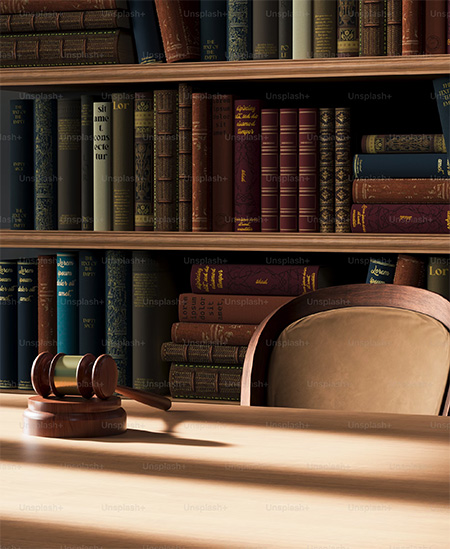
Chapter 7
Chapter 7 bankruptcy, often referred to as “liquidation bankruptcy,” is a legal solution designed to provide individuals and businesses with relief from overwhelming debt. This process allows qualified applicants to discharge most or all unsecured debts, such as credit card bills, medical expenses, and personal loans. By filing for Chapter 7, individuals can achieve a fresh financial start while protecting exempt assets like their home, vehicle, or retirement savings under state or federal laws. This streamlined process typically takes a few months to complete and provides a permanent resolution to burdensome financial obligations, freeing individuals from creditor harassment and wage garnishments.
At its core, Chapter 7 bankruptcy offers a fair and structured way to manage unmanageable debt through the legal system. The process involves working with a court-appointed trustee who oversees the sale of non-exempt assets, if any, to repay creditors. For most filers, however, exemptions protect essential property, meaning they lose little to no assets during the process. This service is ideal for individuals with limited income who are unable to meet their debt obligations. With professional guidance, navigating Chapter 7 bankruptcy can lead to a debt-free future, offering peace of mind and the opportunity to rebuild financial stability.
Chapter 13
Chapter 13 bankruptcy, often called a “wage earner’s plan,” is a legal process that allows individuals to restructure their debts and create a manageable repayment plan. This option is ideal for those who have a steady income but are struggling to keep up with their financial obligations. Under Chapter 13, individuals can consolidate debts into a single monthly payment and pay them off over a three to five-year period, based on their income and the amount owed. This process provides a path to financial recovery while protecting assets like a home or car from foreclosure or repossession.
Unlike Chapter 7, Chapter 13 does not require liquidating assets to pay creditors. Instead, it offers a structured plan to repay debts in a way that aligns with the filer’s budget and long-term financial goals. This type of bankruptcy can stop creditor actions, such as wage garnishments or lawsuits, and provide the breathing room necessary to regain financial stability. With the help of an experienced bankruptcy professional, individuals can navigate the complexities of Chapter 13 and emerge with a clear plan to rebuild their financial future.

